Eco Friendly Landscaping...
Great Ideas to contribute to a better, healthier earth
Eco Friendly Landscaping..... before we go any further, I want to make sure we all understand the REAL meaning of the term "eco-friendly".
In recent years the terms "eco-friendly" and "going green" have become buzzwords and have been used for so many products and practises, that their meaning is on the verge of being lost.
We get so brainwashed by the media, that we sometimes forget the real reasons for implementing eco-friendly practises at our homes.
By understanding the true meaning of eco-friendly, we can implement and use practises in our landscaping design that will mean we really contribute to a better and healthier earth for our children and their children to enjoy.
Eco-friendly literally means earth-friendly.
In other words "not harmful to the environment"
~ not in any way!
Many companies label their products "eco-friendly" without them truly being eco-friendly.
This is called "greenwashing" and marketing companies perpetuate this practise to increase sales by appealing to ecologically conscious buyers.
So I want us to understand that it does not mean "I do something good" every now and again, like recycling once a week. No.....
It is a way of living!
- It means to change our way of thinking.
- It means we have to change the way we do things.
- It also means we have to change our daily habits.
OK, now that that is out of the way, how can we use these eco-friendly practises to plan our new eco friendly landscaping design?
Eco Friendly Landscaping..... use less and make the most of what we have
- Use less water.....
- Use less pesticides.....
- Use less fertiliser.....
- Use better landscaping techniques and select plants from your region.
Some garden products are among the greatest polluters of our environment.
We as homeowners spend a fortune every year on fertiliser, water and pesticides for our landscapes.
Most of this is unnecessary, a waste of money and polluting our environment.
So how can we change this?
With some proper planning, planting and maintenance, you can create a much healthier eco friendly landscape with less expense and less damage to the world around us.
Here is what I did when I planned and designed our first eco-friendly garden.....
- I did a lot of research into different eco-friendly techniques and what I could implement in the habitat I stay in (in this case the south of Cape Town).
Personally I think research is the most important aspect of any new eco friendly landscaping design. - Then plan it in detail, and integrate your own personal style into your eco friendly landscaping design. Do the whole thing at once or break it down into smaller, fun projects for the whole family. Think hydroponics..... or healthy organic veggies - what better way to teach the kids about the environment, than them building, planting and caring for their own organic vegetables.
- Be water wise - Use what is available in your area to maximise the water flow and retain rain water. Make use of a grey water system.
- Select and plant shrubs, flowers and trees that will thrive in your area - only use indigenous plants that don't require a lot of water. Plants that are suited to a specific area need less pesticides, fertiliser and water.
- Maintain your eco friendly landscape and garden.
And remember, if you ever want to sell your home, your eco friendly landscaping ideas will leave a lasting impression on prospective buyers. If your landscape design and the implementation thereof creates the “whoa” effect, your home is as good as sold.
So let's start at the beginning....
Planning
Planning is the first step. If you take care and plan and design your eco friendly landscape well, it will transform your garden into a beautiful and functional outdoor living area, while leaving a much smaller environmental footprint.
Site Analysis
An eco friendly landscaping design starts with an overall site plan. You must look at the bigger picture and take care to include all the aspects that you want to have in your landscape from the beginning; but remember, landscaping and gardening are long term projects.
You have to follow the exact same principles with an eco friendly landscape design as with any other landscape design.
- You still need to decide where you want your patio or deck.
- What type of lighting will give the desired effect at night.
- How to use rocks to create special focal points.
- And here are some real inspiring ideas for a desert landscape.
- But maybe the most important is to decide on rain water capturing and greywater harvesting.
- If you do want to include a water feature in your design, how will you ensure that it is as eco-friendly as possible.
Be Water Wise
Our most valuable natural resource, and one that is becoming scarcer by the day, is water. So one of the most important aspects of an eco friendly landscape, is the way you will catch and retain rainwater, and how you will implement your homes grey water harvesting system.
Design the placement of the storage tanks into your eco friendly landscaping layout now, as it becomes much more difficult once the landscape is laid out and the plants settled.
Rainwater harvesting
Rainwater harvesting is the collection, storage and distribution of rainwater. Rainwater can be used instead of tap water to water the garden.
The idea of using drinking water to water the lawn (lawns should really be kept to the absolute minimum please people - they consume water more than anything else) is wasteful and irresponsible, especially in a dry country like South Africa.
Rainwater harvesting is a great way to "green" your home and lessen your environmental footprint. Rainwater is an essential FREE source of water and by capturing the water from the roof, you prevent erosion and reduce flooding.
Underground water tanks offer a solution when space and accessibility are an issue, especially in an urban environment.
They can be placed under paving, lawns, driveways or garden beds, providing an eco-friendly and aesthetically pleasing solution for rainwater capture and harvesting.
Grey water harvesting
The average family of 4 uses approximately 350 litres of water per day, and almost 90% of that water leaves the home as waste water.
Of this water, about 60% is perfectly re-usable as grey water - perfect to:
- water the garden,
- wash the cars and drive-ways, and
- flush the toilet.
This can save thousands of litres of drinking water per annum. Just imagine the impact you and your family will have on the environment by implementing a grey water system. It reduces water consumption, saves money and is environmentally friendly.
Grey water is defined as water from showers, baths and hand basins in the bathroom, as well as the outlet water coming from your washing machine.
It does NOT include water from the toilets, kitchen sink or dishwasher. This is classified as black water.
I personally don't like the simplest type of grey water system. It is not sustainable and the water must be used within 24 hours otherwise it changes into black water and becomes smelly.
The only really viable grey water system is a system where the grey water from the home gravity feeds into an underwater sump (a 50 litre drum placed in an enclosure with an inspection cover). In here the water passes through a macro filter to remove hair, fluff and lint.
From the sump the water is pumped into an above ground water tank. The water first passes through an ozone unit to inject ozone into it in order to clean, disinfect and oxidise the impurities. A system likes this allows for water storage for a much longer period.
The water can now be pumped with a pressure pump to wherever it is required for use. In your case most probably your irrigation system.
Planting
Choose the right plants for the right place in your new garden.
Look at the sun's path across the sky to determine where the shady spots will be. A plant that needs shade will do poorly in the sun, becoming stressed, and prone to damage from heat and insects.
Use indigenous plants and create an environment similar to their natural habitat and they will thrive in their new landscape.
In South Africa alone, we have more than a 130 species of Aloes available, and worldwide, this figure goes to over 600. So they deserve definitely a place in every garden in warmer climates (although you get species that survive extreme cold as well).
This Aloe polyphylla on the left is found against the mountains of Lesotho, and can survive prolonged cold temperatures of up to minus 15 degrees Celsius. They are covered in snow for long periods of time.
They are arguably the most beautiful of all the Aloes, as their leaves are arranged in perfect spirals. Two other places where Aloe polyphylla will flourish are in Europe and the cold and wet parts of New Zealand.
Most Aloes though flourish in warmer places like California, Spain and Portugal, and occur naturally in most parts of Africa.
Aloes flower mostly in winter and bring bright and wonderful colours to an otherwise dreary season.
The flowers also attract a variety of birds to your garden. Most aloes can survive long periods of drought, so they are very important in an eco-friendly garden. For some more background information on aloes, please visit this page [clikety click]
There is a large variety as far as size, flowering time and flower colour is concerned. So be sure that you will find some aloe variety that will fit perfectly into your eco friendly landscaping design.
Natural compost is the best fertiliser and if you have to use pesticides, please make sure it is organic. This reduces environmental risk and is an effective way to create a healthy, beautiful landscape that is safe for Mother Earth and her people.
With proper planning, a healthier landscape can be created with less expense, less work and less damage to our environment.
Home Lovers Motto
To encourage, to motivate, and to help home owners to find
great home improvement ideas -
To change from the house you have to the home you love!
Return from Eco Friendly Landscaping to Landscaping Design
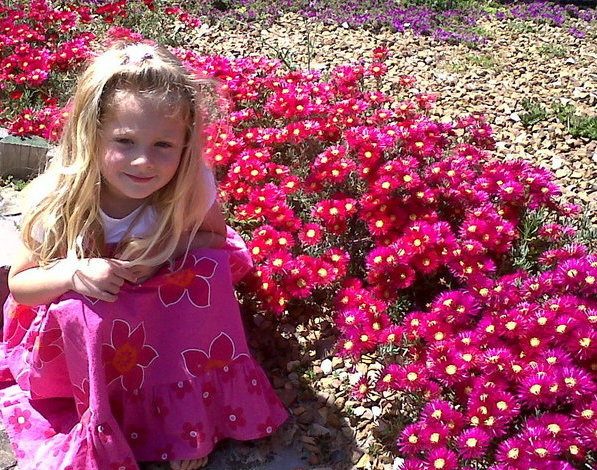
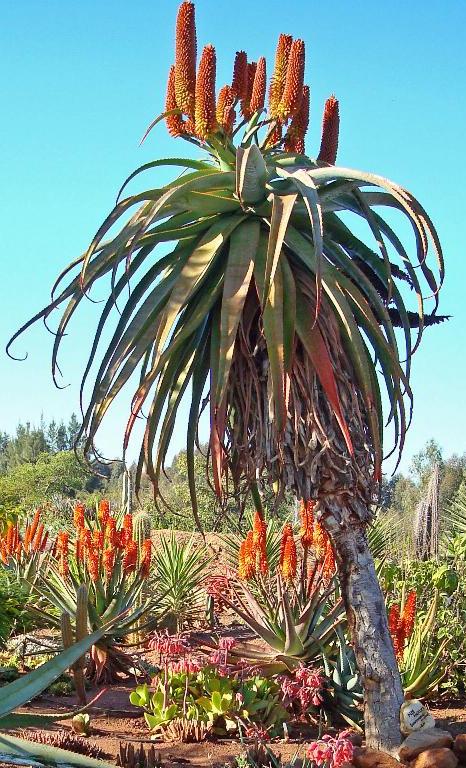
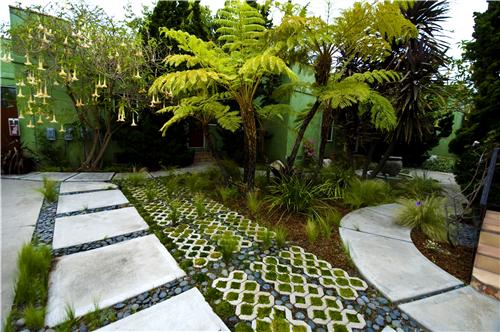
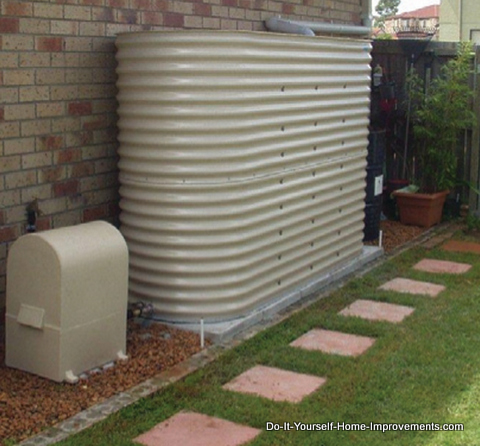
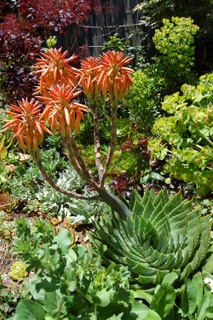
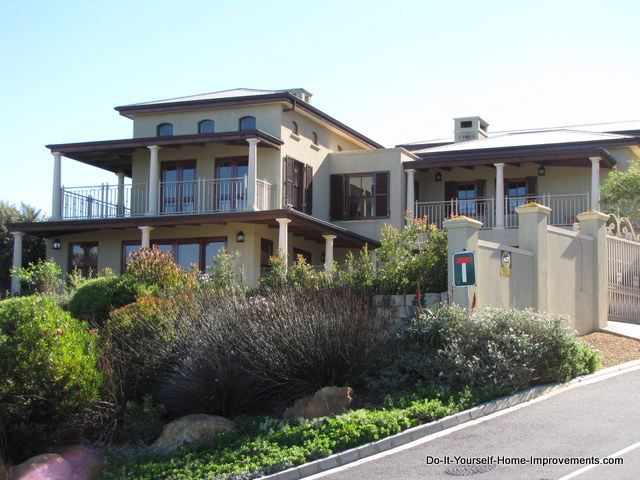

New! Comments
Have your say about what you just read here! Please leave me a comment in the box below.